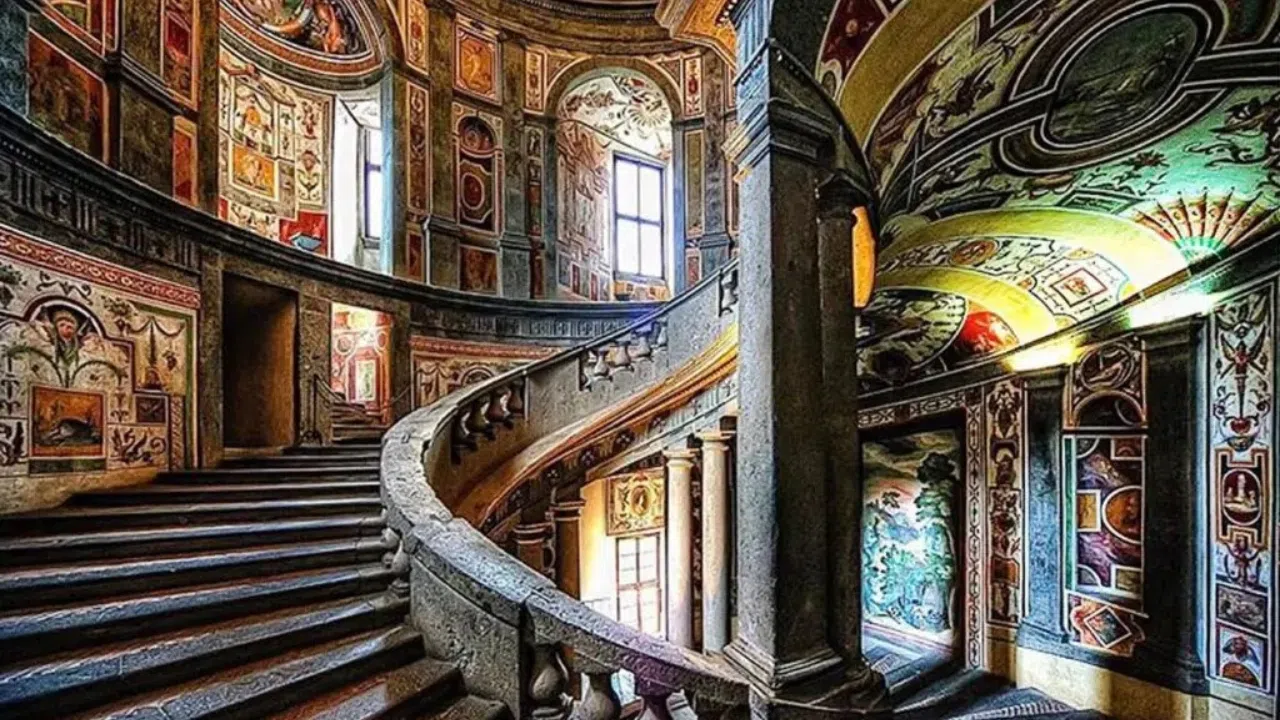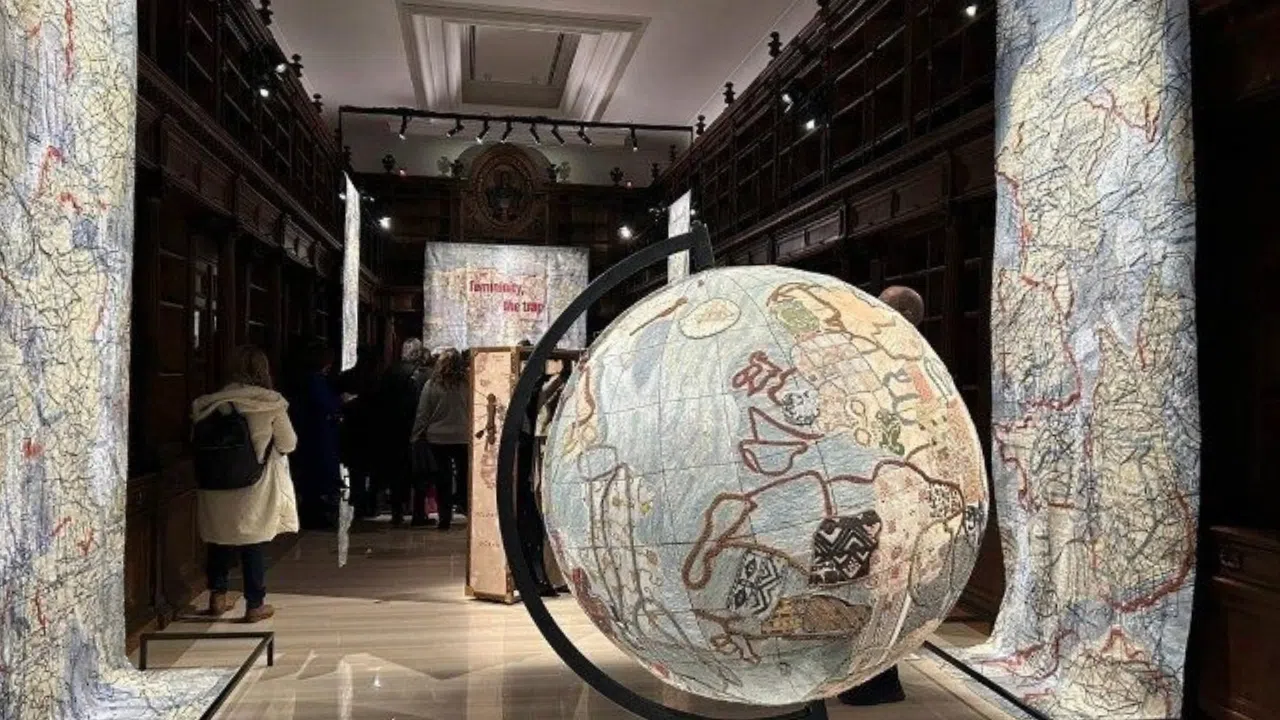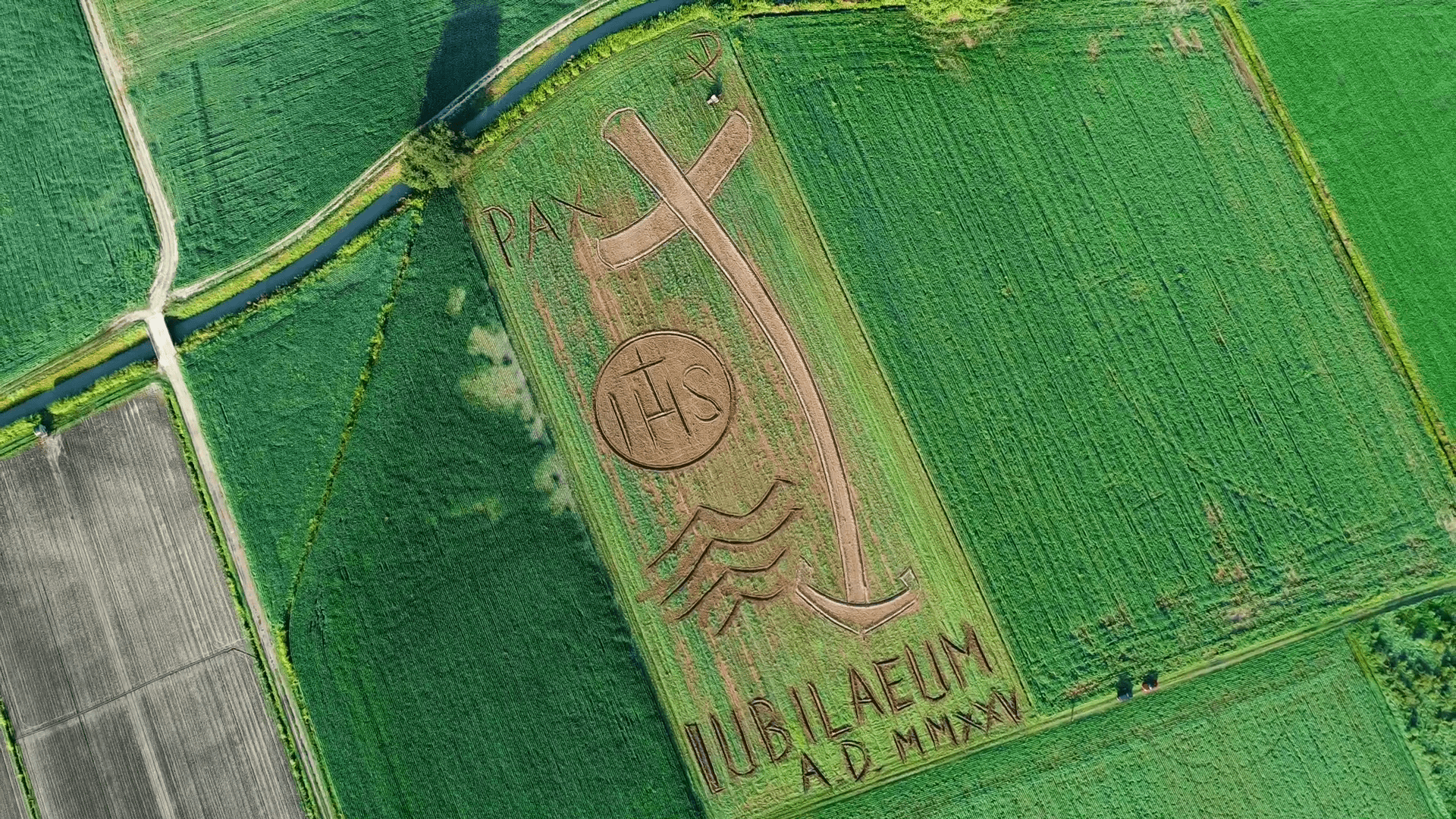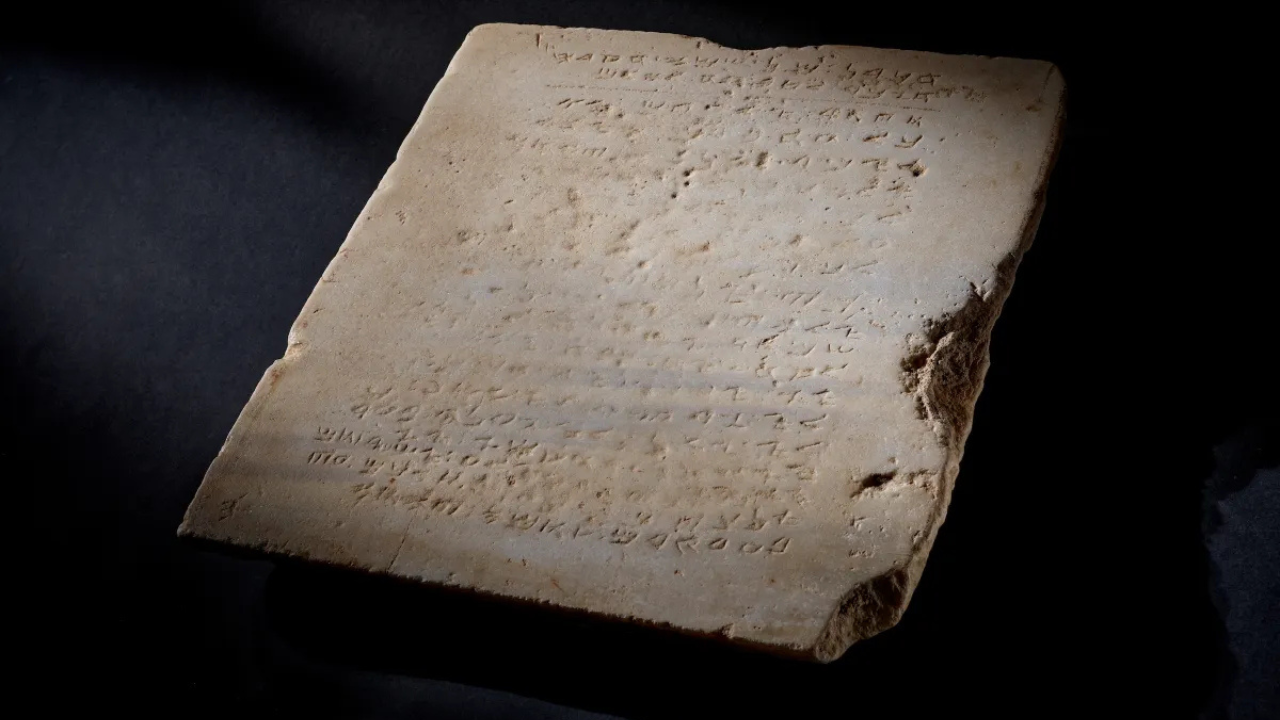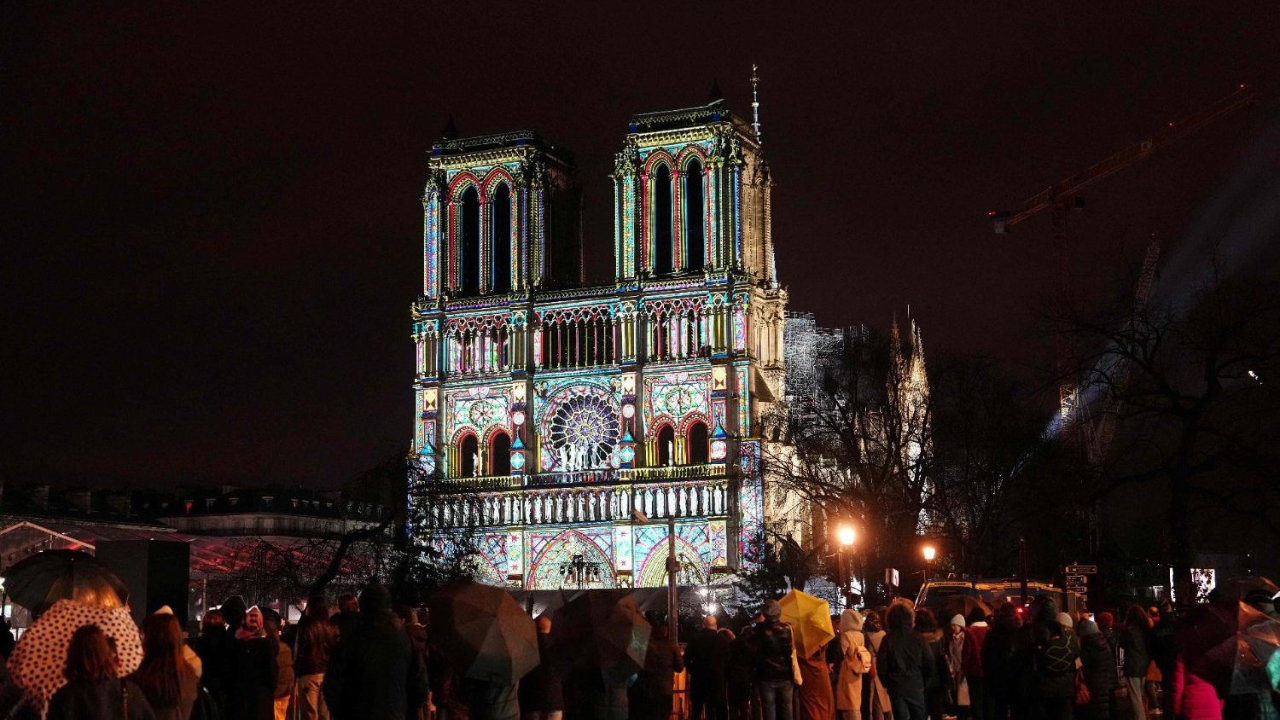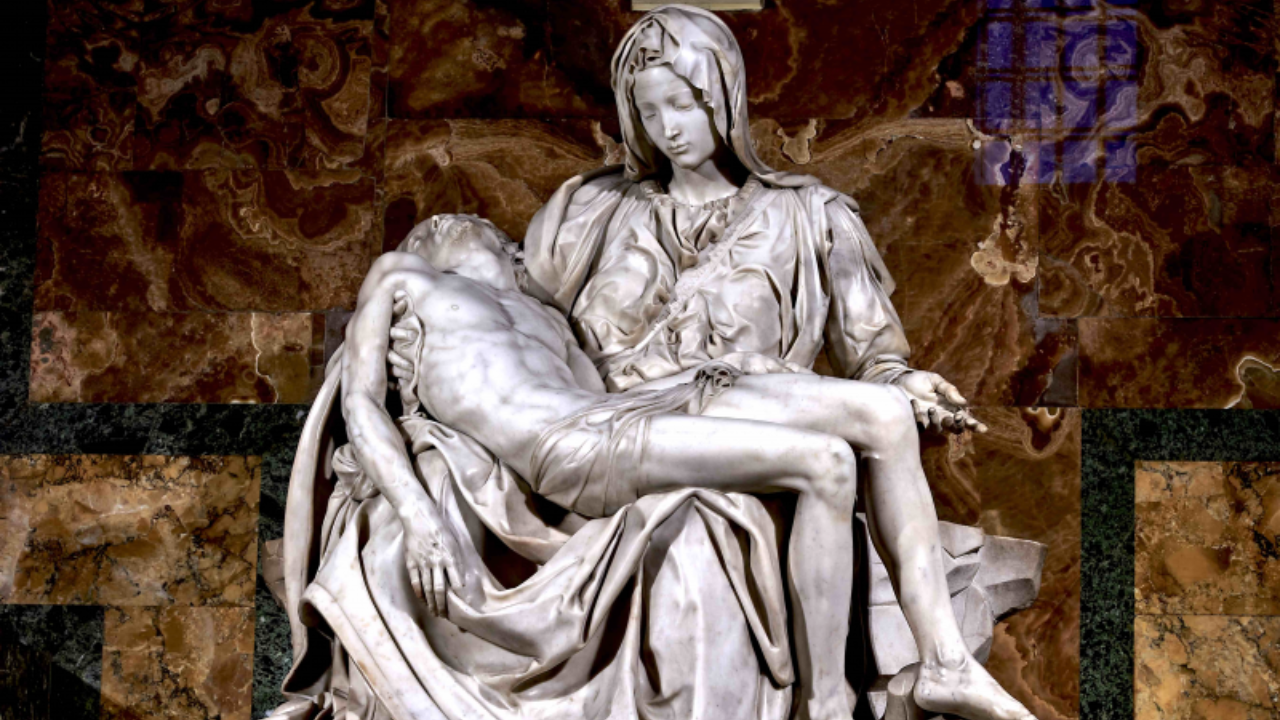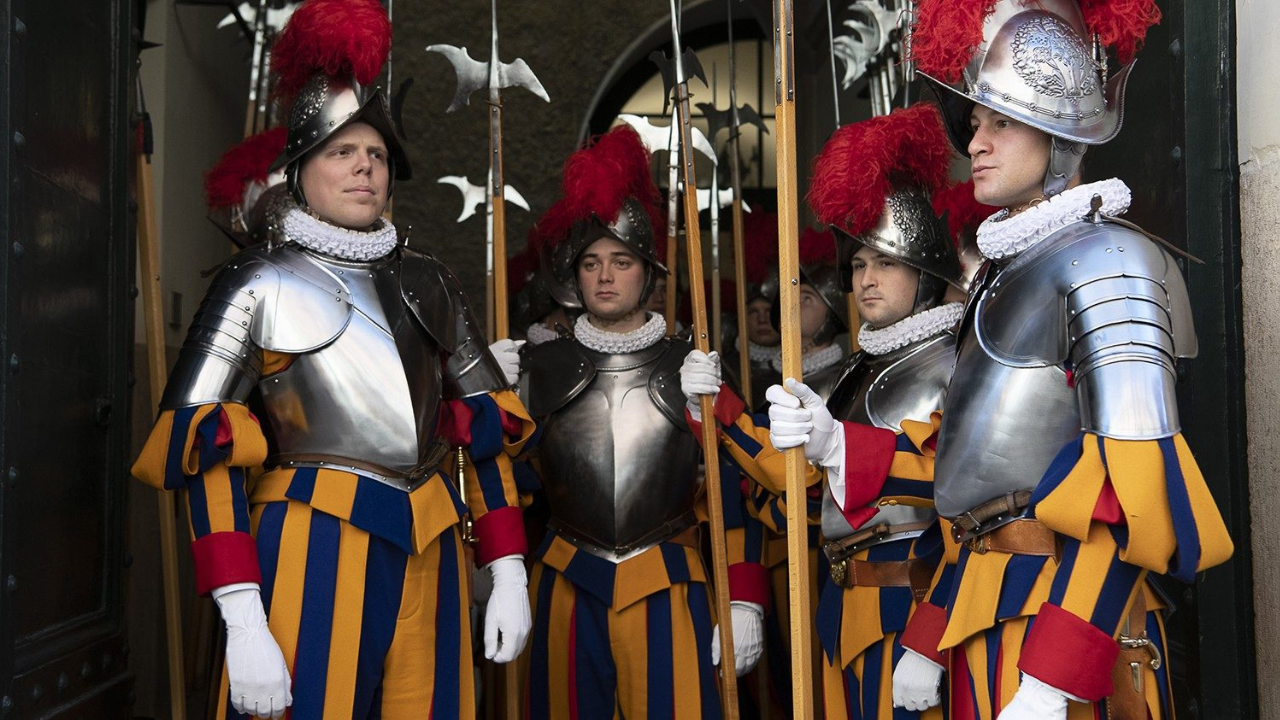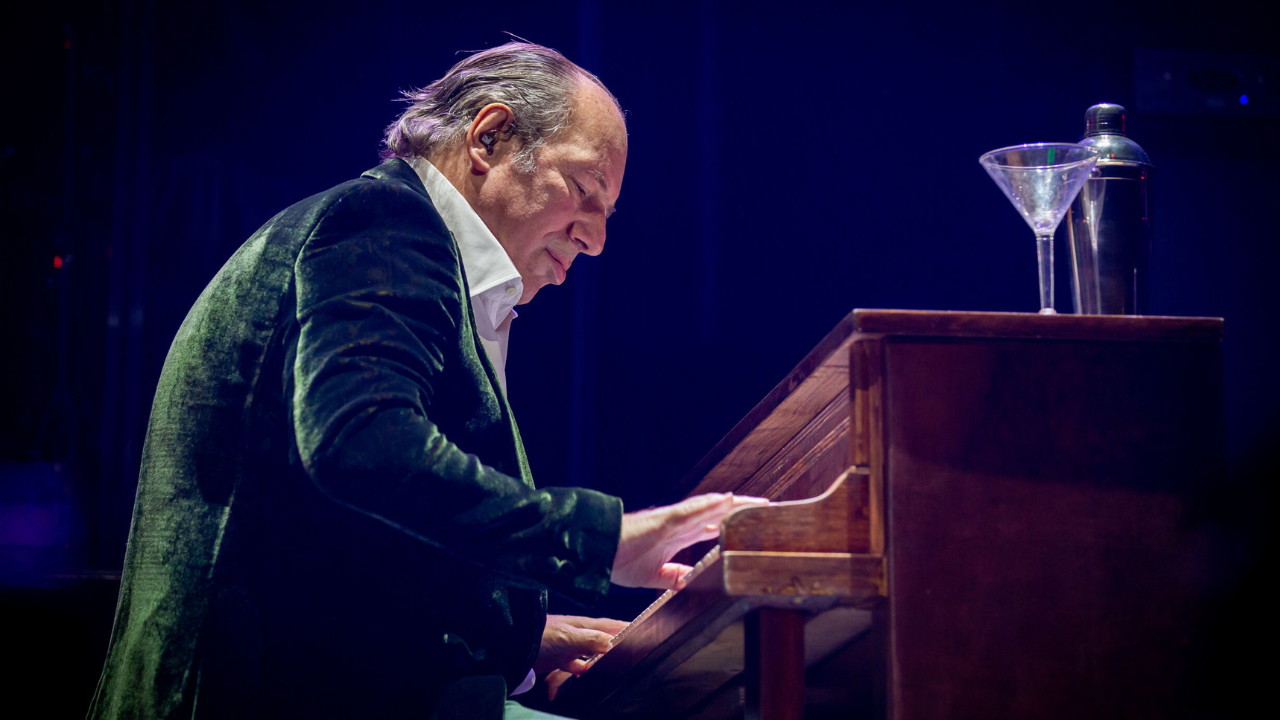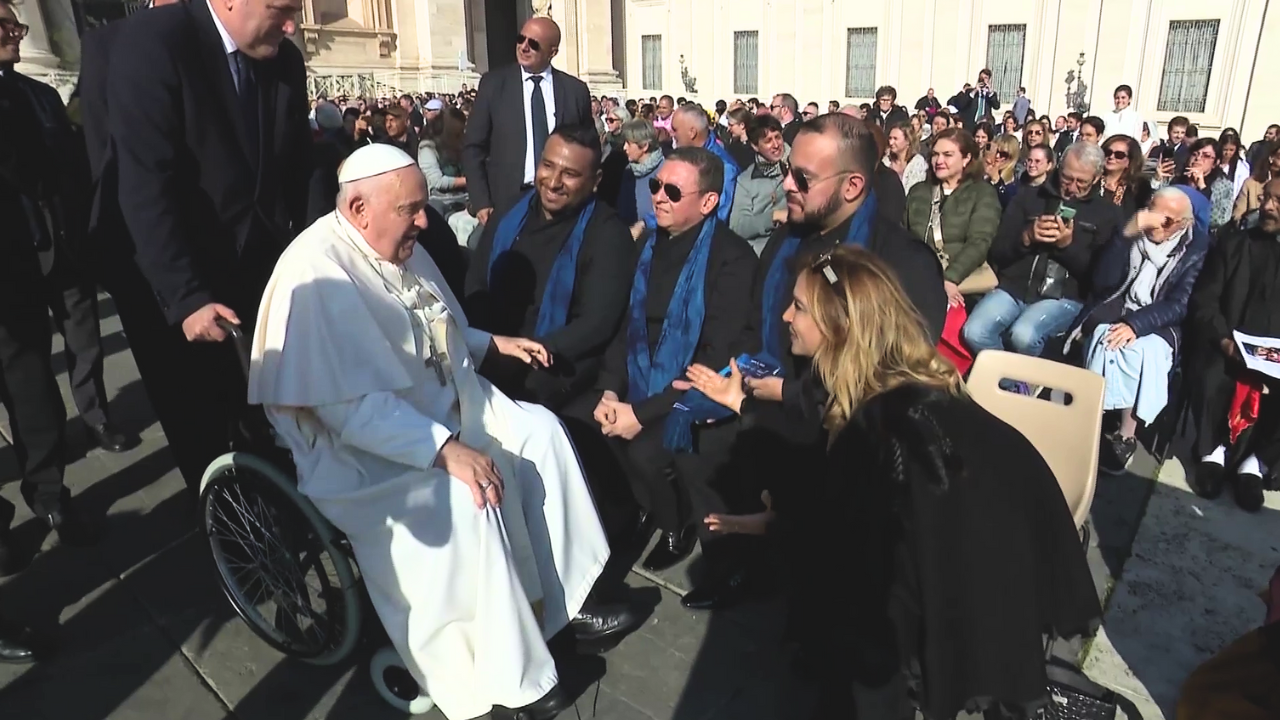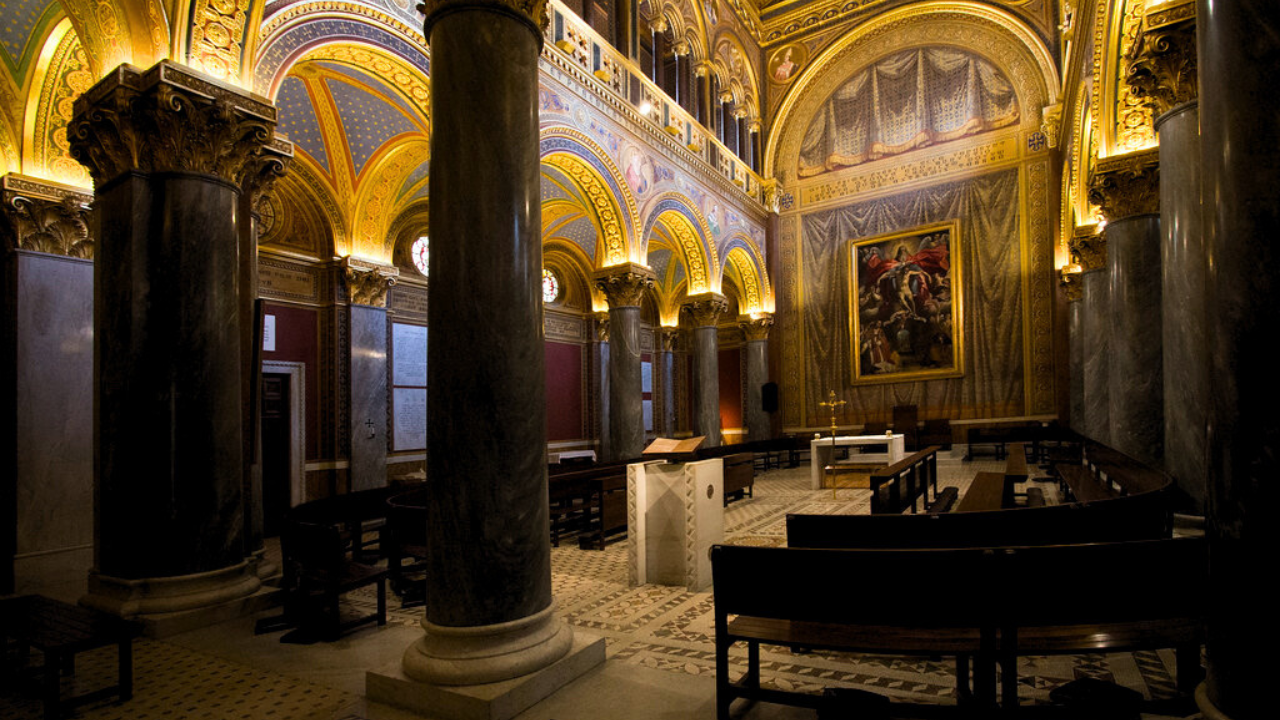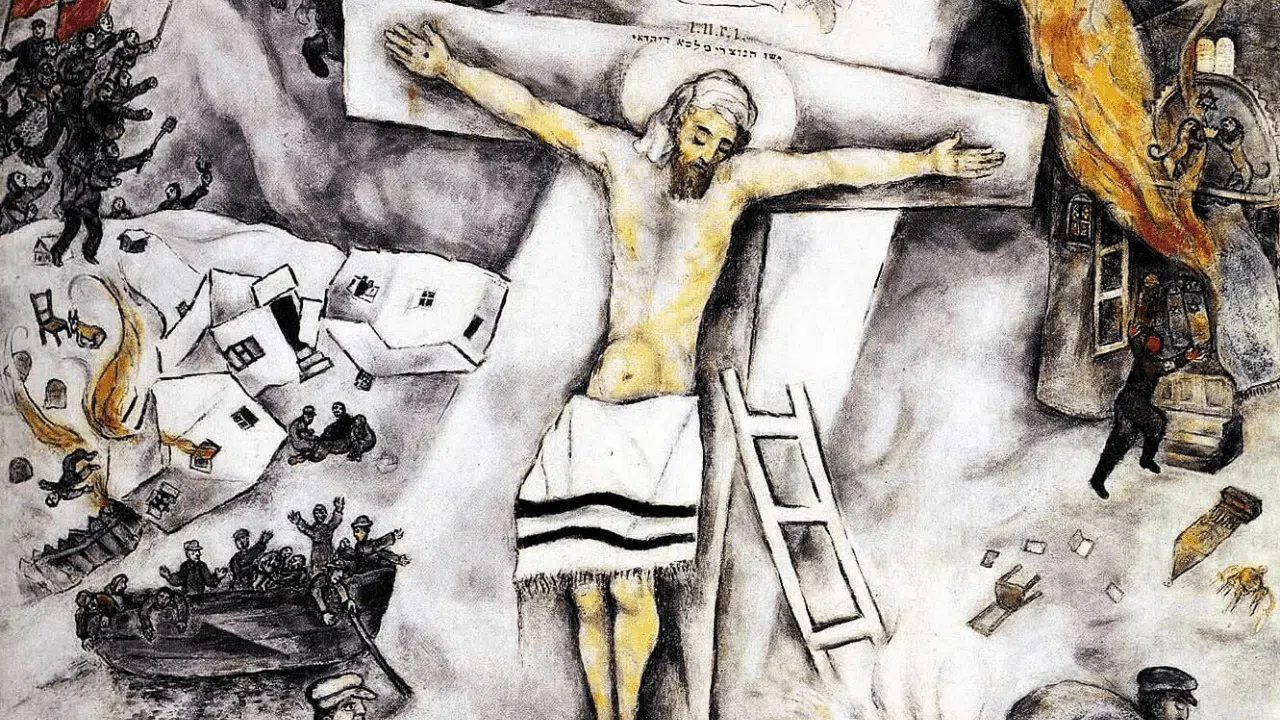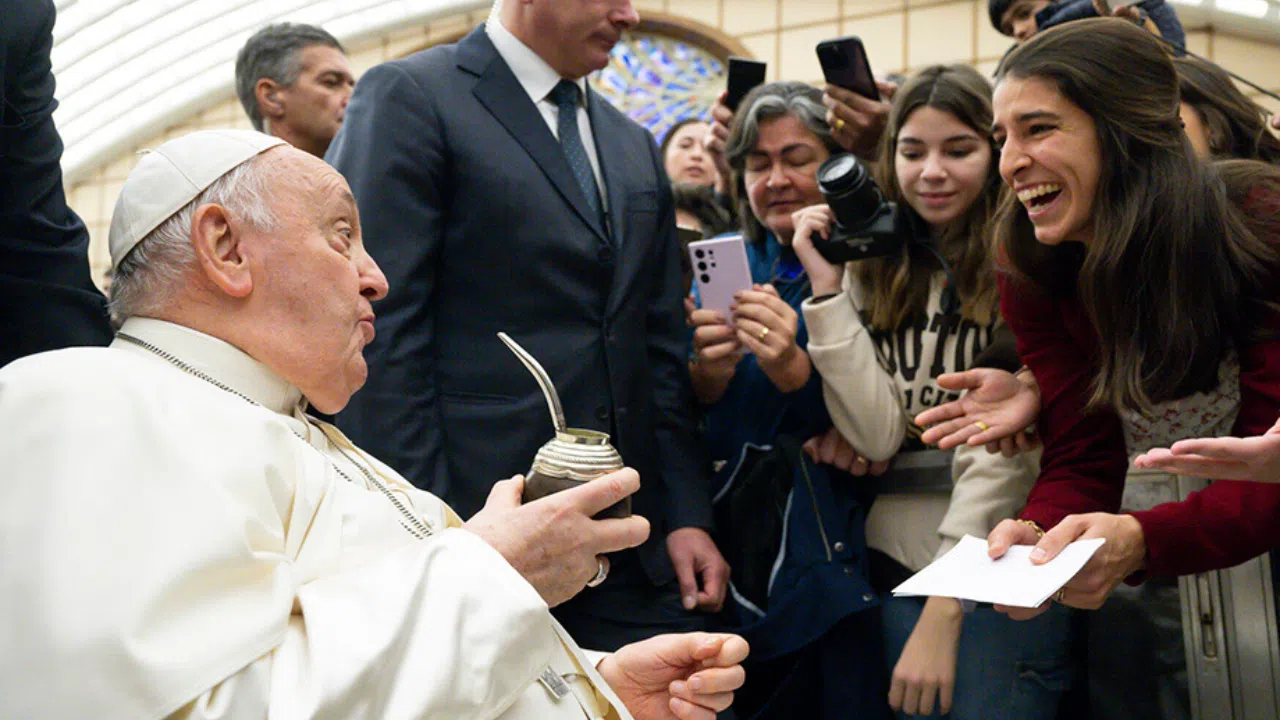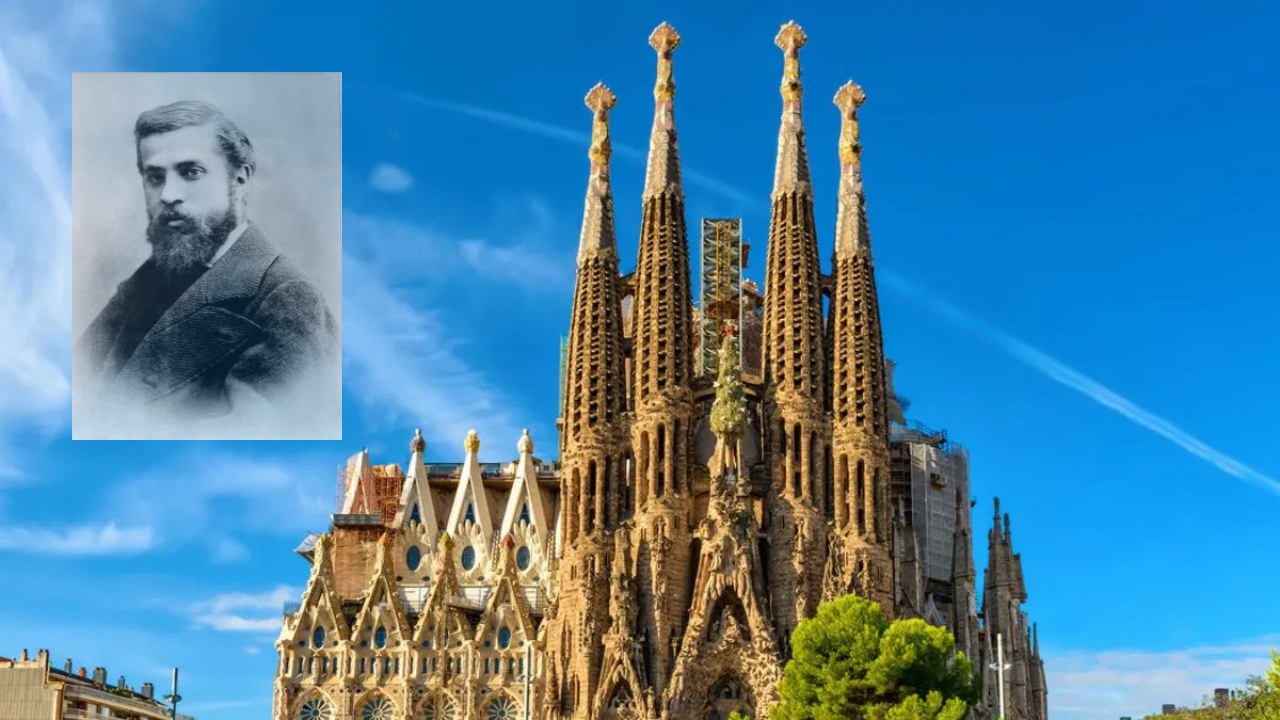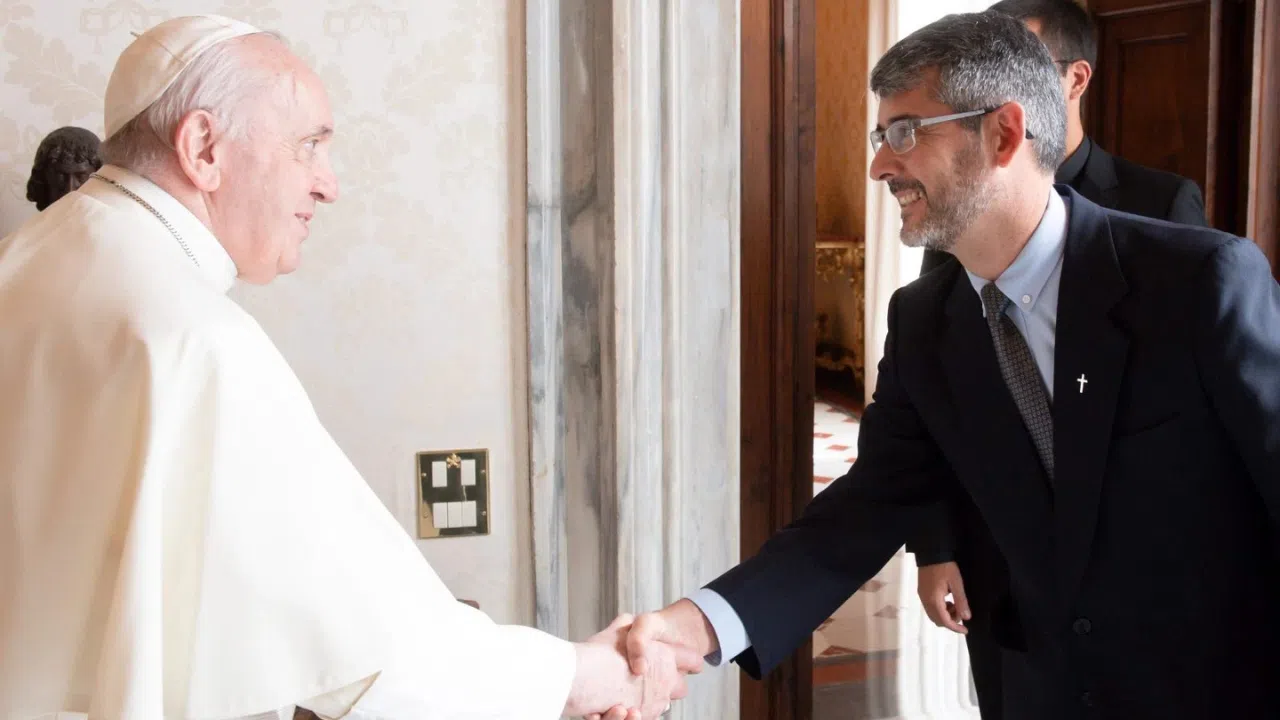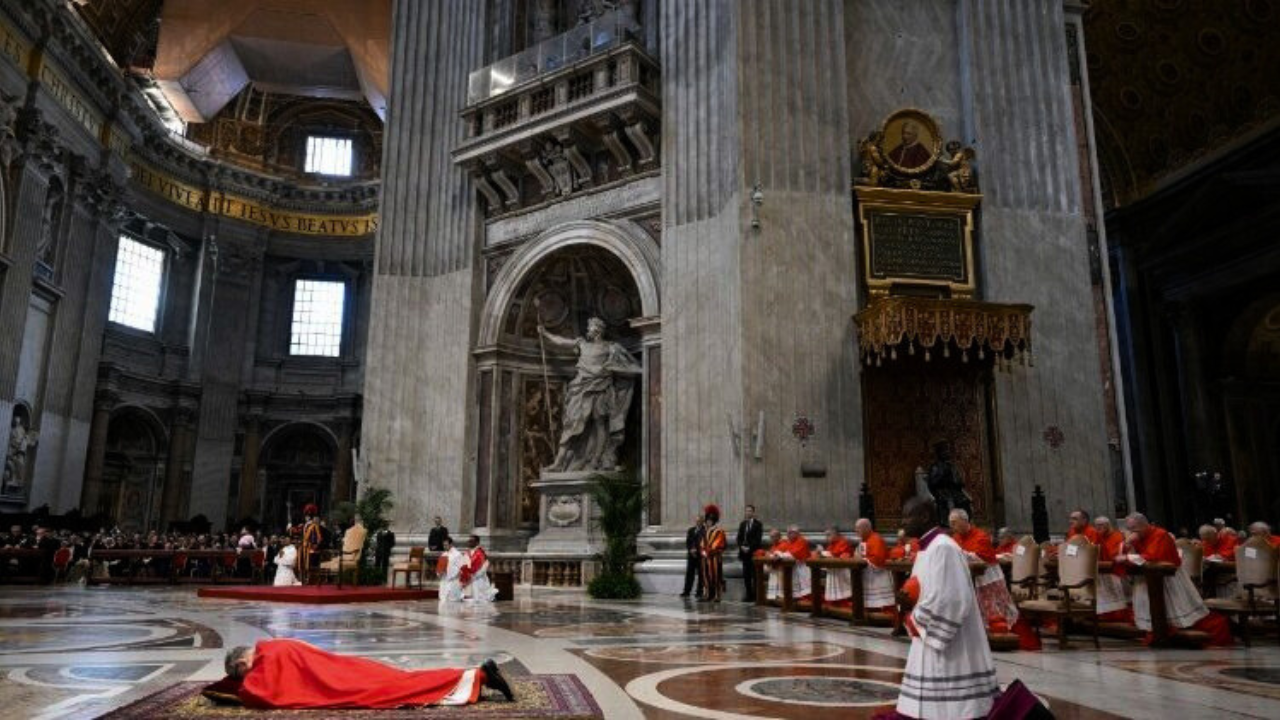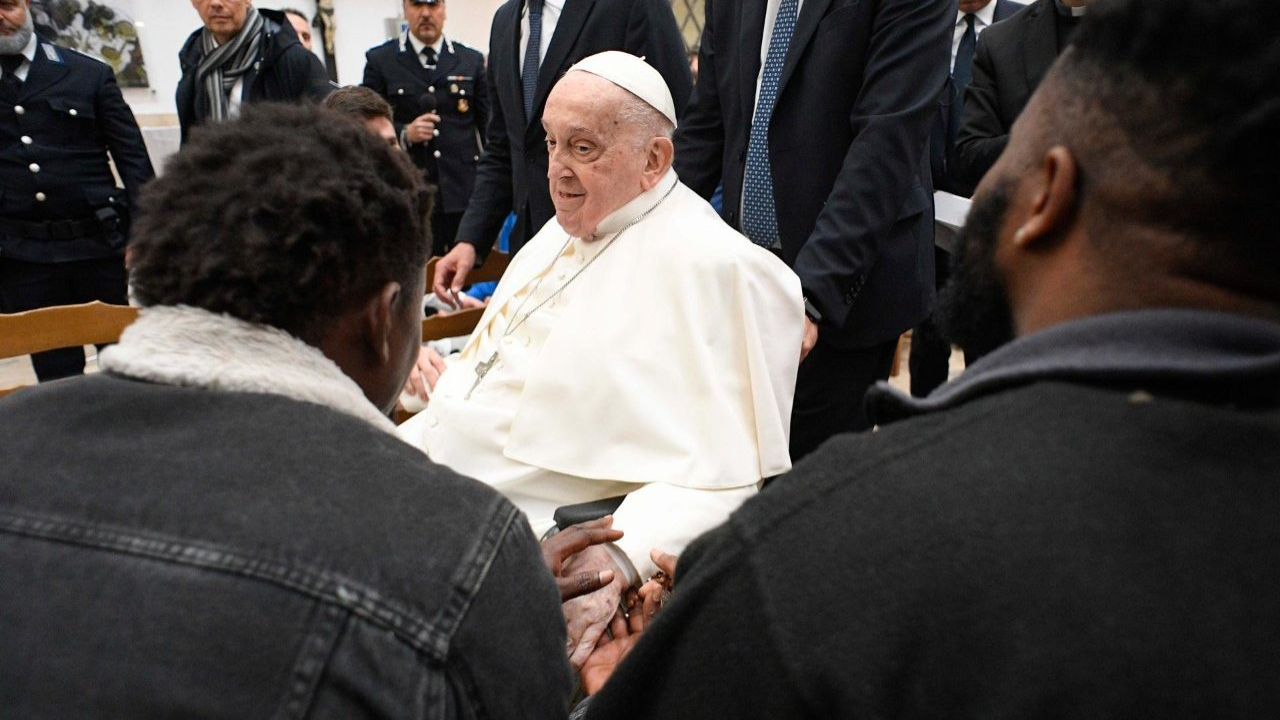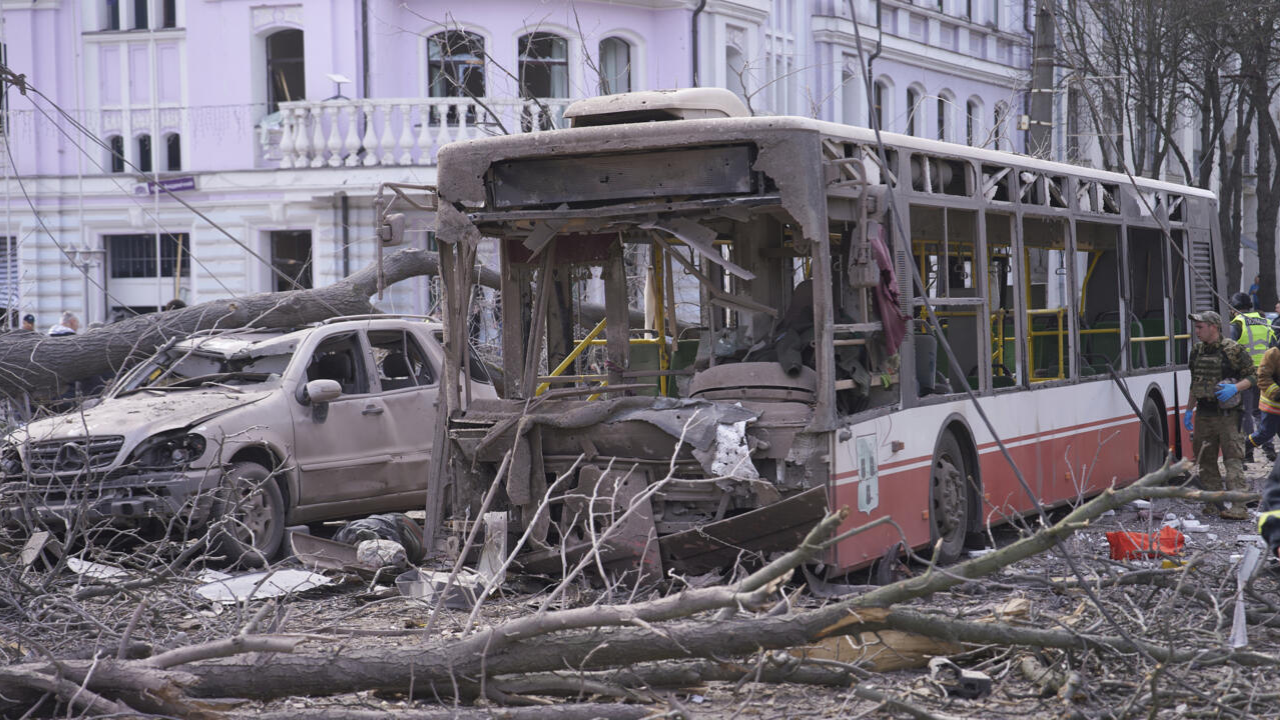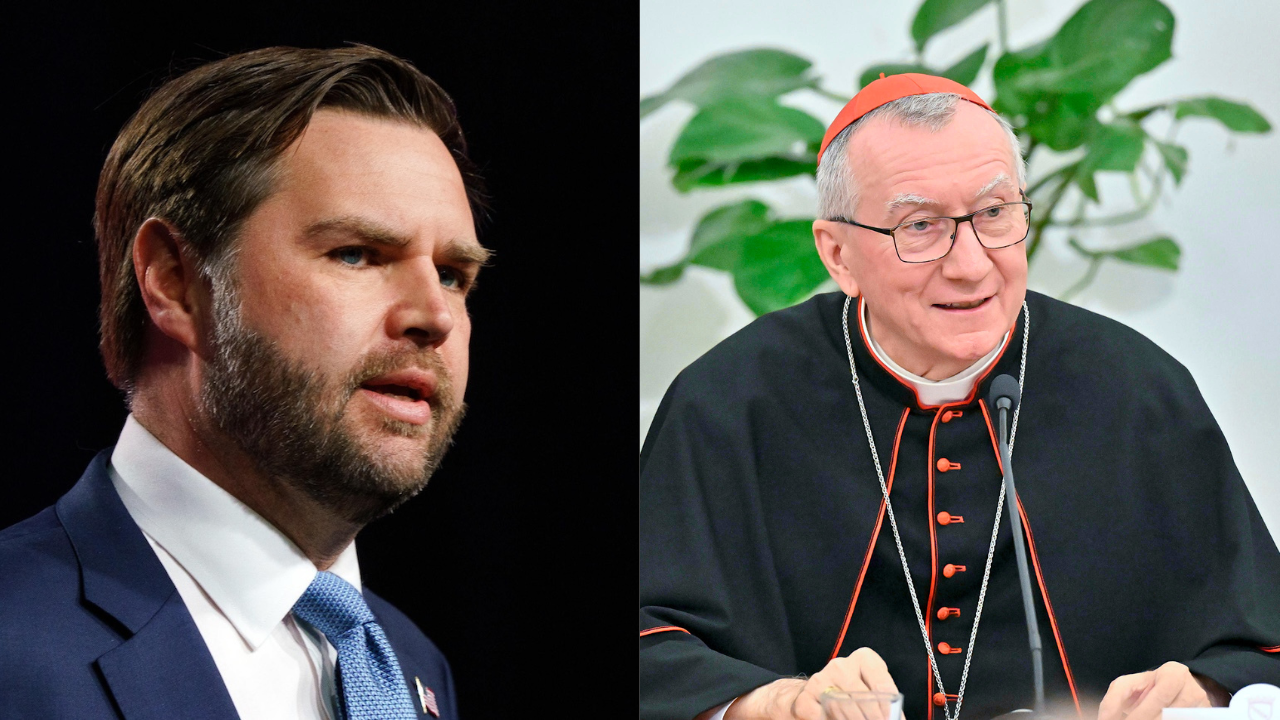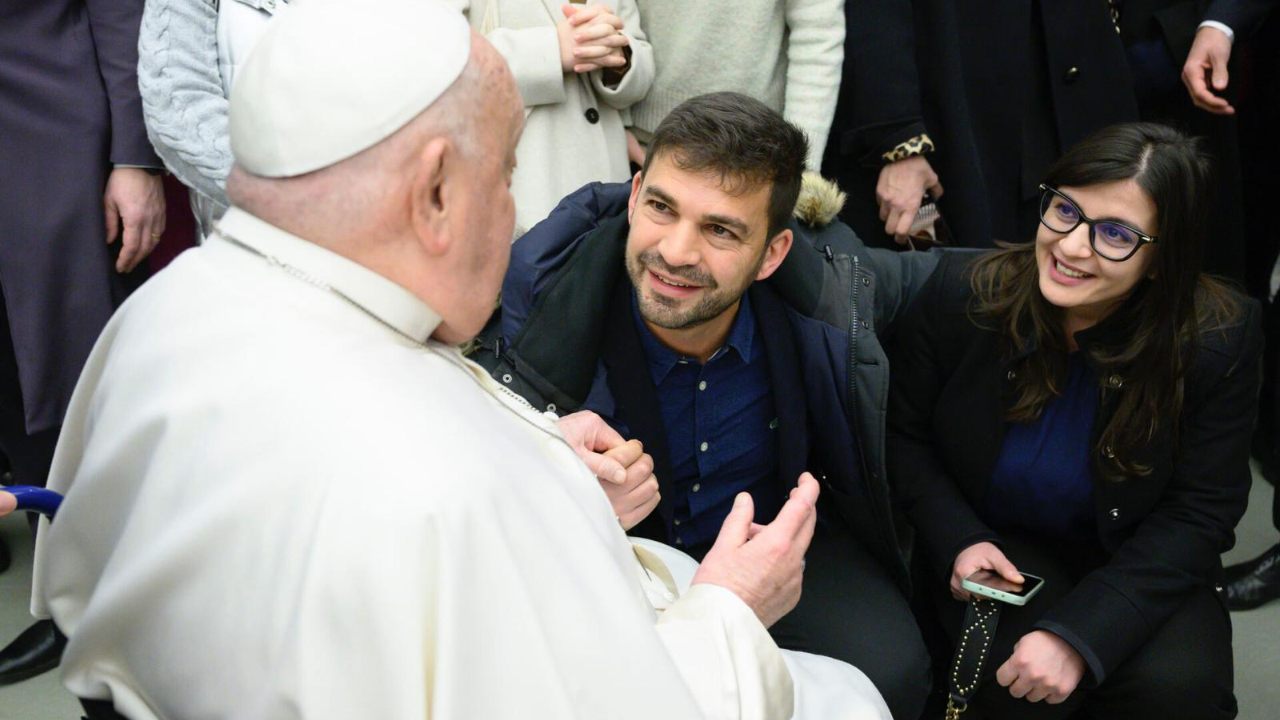While finding religious symbolism in Pope Francis' actions might be easy for most, looking for religious symbolism in literature also has the power to affect people in the same way.
Fyodor Dostoevsky, author of famous works such as 'Crime and Punishmentâ? and 'The Idiotâ? is being studied by many both from Russia and all over the world. A conference held at Santa Croce in Rome, Italy, showed how his works are closely tied to the Gospel.
TAT'JANA KASATKINA
Institute of World Literature (Moscow)
'What we find in his books becomes more evident as we learn to understand him. The first thing that we must see is his joy. What joy? The joy that you are also a child of God, that Christ lives in you, and that He has opened eternal life for you.â?
Kasatkina, founder of the Research Committee for Dostoevsky's Artistic Heritage said that Dostoevsky bases his characters on a more basic point than the readings allow one to understand, that of religion. This is evident in the artistic work and careful selection of his words.
TAT'JANA KASATKINA
Institute of World Literature (Moscow)
'More than speaking about art, what he shows is this connection, with respect to the words and the person who pronounces the word. Dostoevsky links art in a way that is as direct as possible. He speaks of the artistic word as a model of consciousness, being more than only man can change.â?
One artist in particular has transferred five of his characters to static images, hoping the depth and beauty of his words can be understood by the abstract world.
CRISTINA AYMERICH
Dostoevsky Artist
'Dostoevsky has been able to give me his point of view which is one of going inside each personality. Inside. We could say it's an interior portrait, isn't it? So that is quite my way. I'm a painter, I'm an artist, but I am on a stage that I depict is the inside.â?
Just as the Bible has translated the message of God into words, so authors and artists also can express a verbal and visual language into a religious one.
MB
AA
SV
-Pr
Up:JRB
